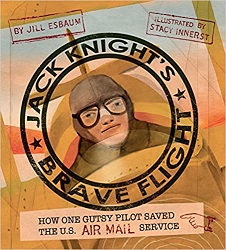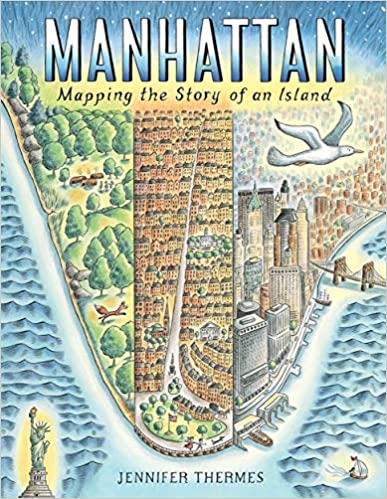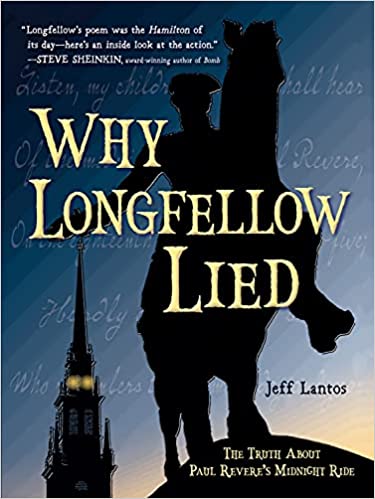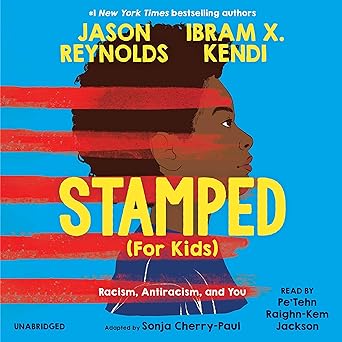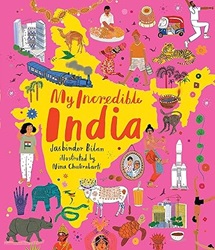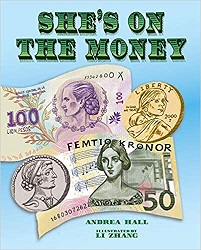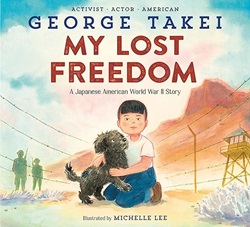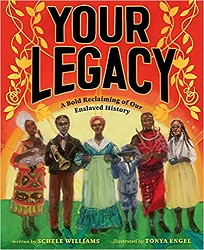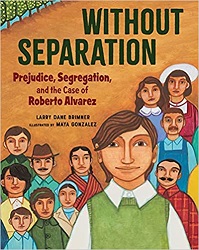Review of Jack Knight’s Brave Flight, by Jill Esbaum, illustrated by Stacy Innerst
How One Gutsy Pilot Saved the U.S. Air Mail Service
by Jill Esbaum
illustrated by Stacy Innerst
Calkins Creek (Astra Books for Young Readers), 2022. 44 pages.
Review written August 15, 2022, from a library book
Starred Review
Thanks to Betsy Bird and her blog for pointing out this book of true adventure hidden behind a brown cover.
This picture book tells the story of Jack Knight, who flew in an open cockpit through a blizzard on little sleep to single-handedly win the approval of Congress to give the post office the funds to continue air mail service.
Here’s the set-up. It’s February 22, 1921. First we’re told that Jack recently survived a crash into a snowy mountainside and has a broken nose to show for it.
Those crashes are why America’s lawmakers want to end air mail. Flying is too dangerous, they say, and replacing planes costs too much. Moving mail by train is safer and cheaper.
But air mail officials — and pilots — know planes can move mail faster than trains. Today and tonight will prove it. Pilots are taking turns short-hopping four planes across the country, two flying east, two flying west. At least one must get through, or air mail is doomed.
Well, it was supposed to be four planes, two east and two west — but it ends up being all up to Jack. With blizzard conditions and little sleep and needing to do an additional leg of the trip — one he’d never flown before.
It’s all made dramatic and exciting for the reader, with pictures filling every inch of the pages.
An Author’s Note at the back includes a photograph of Jack Knight and a timeline of the history of the U. S. Mail. Who knew that history was so interesting?
picturebookbuilders.com
stacyinnerst.com
calkinscreekbooks.com
Disclosure: I am an Amazon Affiliate, and will earn a small percentage if you order a book on Amazon after clicking through from my site.
Disclaimer: I am a professional librarian, but the views expressed are solely my own, and in no way represent the official views of my employer or of any committee or group of which I am part.
What did you think of this book?
*Note* To try to catch up on posting reviews, I’m posting the oldest reviews I’ve written on my blog without making a page on my main website. They’re still good books.
